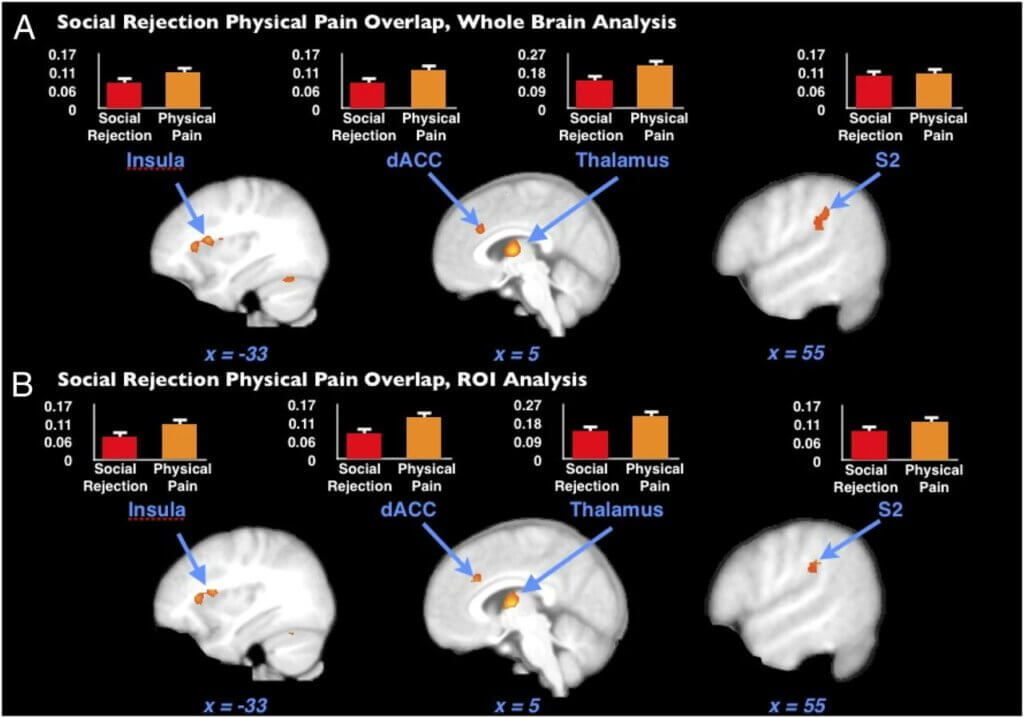
Quantifying Positive Animal Welfare in Individuals and Populations
Beyond Suffering: A Framework for Quantifying Positive Animal Welfare in Individuals and Populations Wladimir J Alonso, Cynthia Schuck-Paim Center for Welfare Metrics, Brazil https://welfarefootprint.org/team-mission Main Takeaways The Welfare Footprint Project





